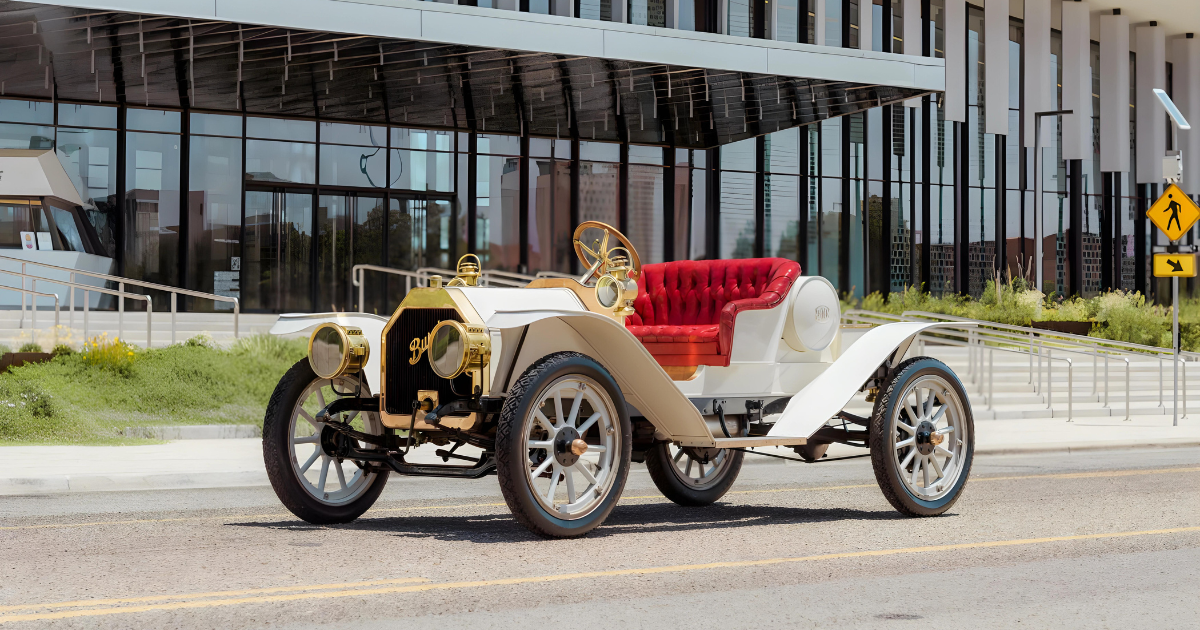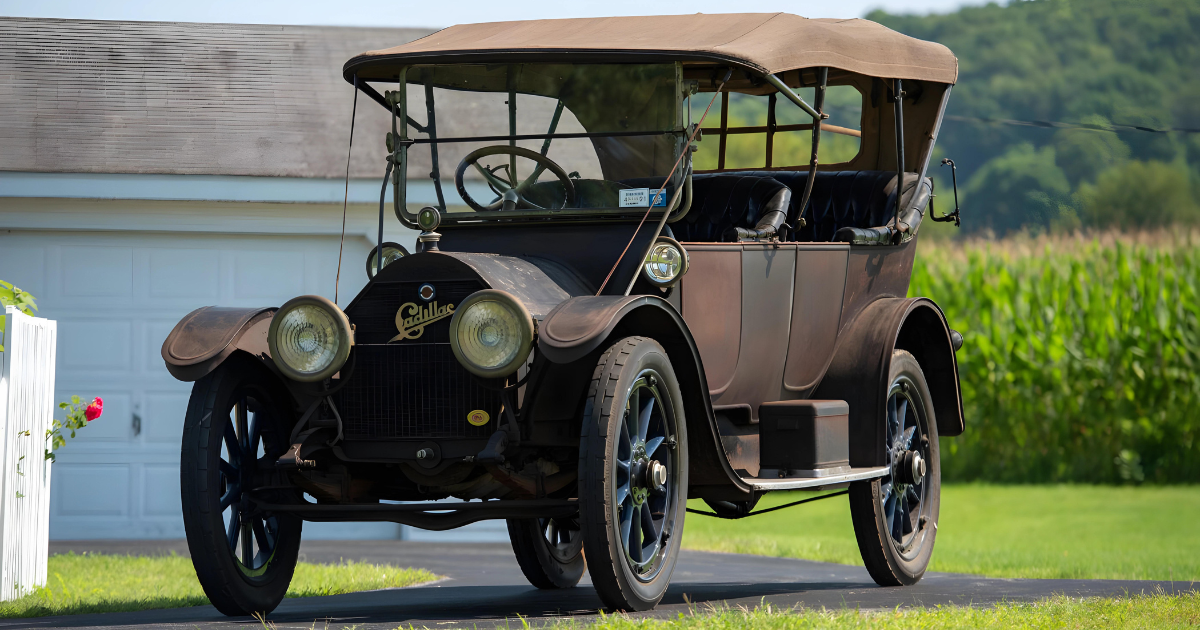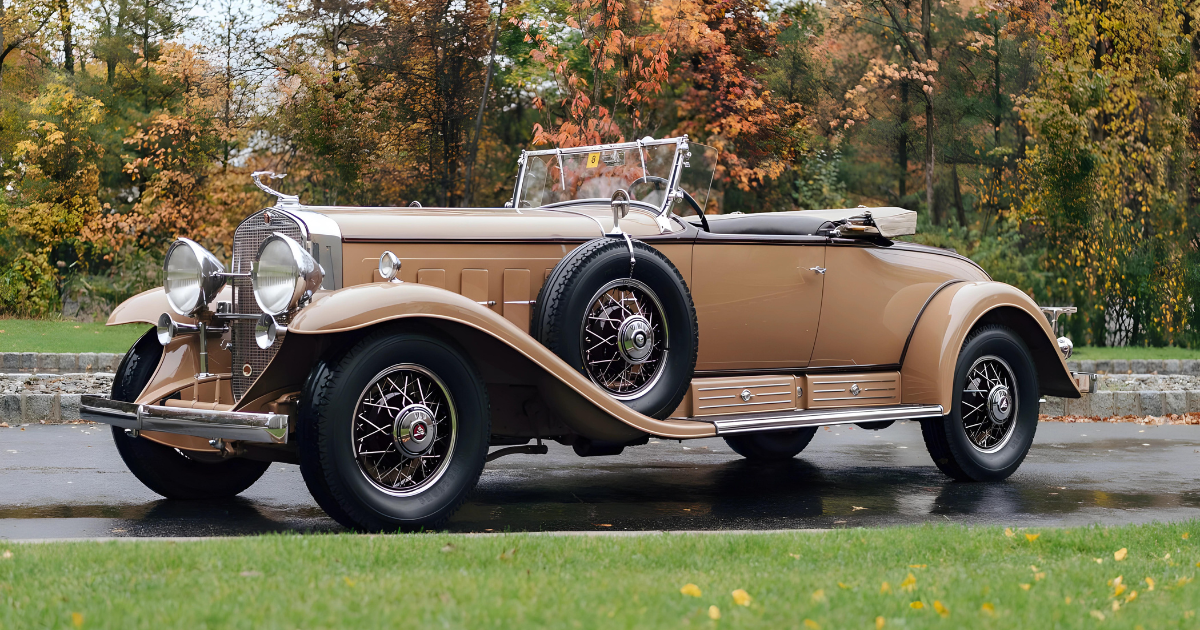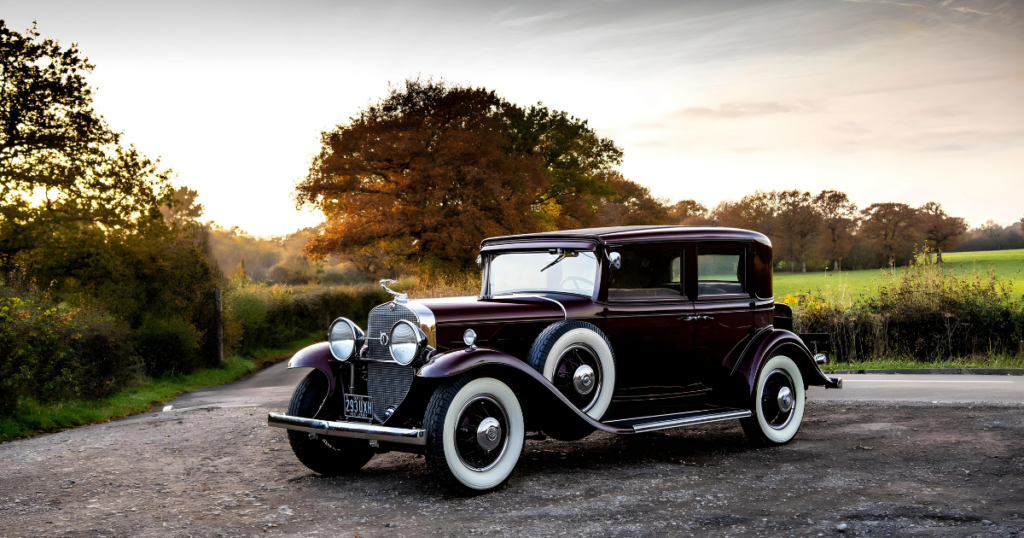
Throughout the early 1930s, Cadillac’s long-standing V8 engine witnessed remarkable advancements nearly every year. Originally introduced in 1914, this engine became a symbol of engineering excellence and was continually refined throughout the 1920s. A significant overhaul occurred in 1927, which set the stage for further innovations in the following decade.
Concurrently, Cadillac made substantial improvements to the chassis. In 1924, four-wheel brakes were standardized, greatly enhancing the car’s stopping power and safety. By 1928, the addition of hydraulic shock absorbers further improved ride comfort and handling. These advancements underscored Cadillac’s commitment to incorporating cutting-edge technology into its vehicles, ensuring superior performance and luxury.
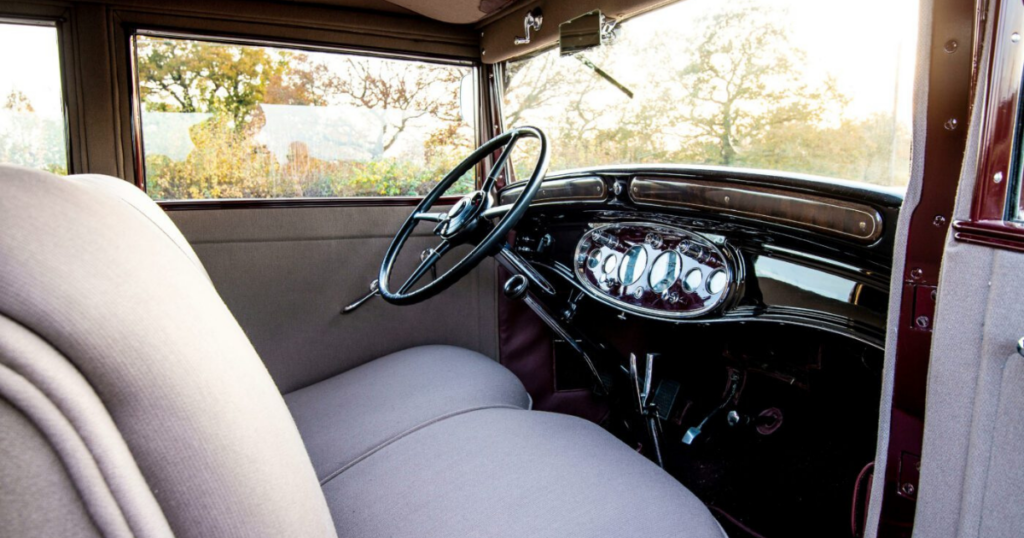
One of the most impactful changes in the chassis design was the adoption of under-slung rear springs and an extended wheelbase. These modifications allowed for longer and lower body lines, contributing to the sleek and elegant aesthetic that Cadillac vehicles became known for. This design evolution not only improved the car’s visual appeal but also enhanced its stability and road handling.
Despite these significant technological advancements, the V8 line experienced relatively minimal changes in the early 1930s, aside from the annual facelifts that updated the car’s appearance. However, one notable technological enhancement was the introduction of synchromesh gears in 1929. This innovation greatly improved the ease and smoothness of gear shifting, making driving more enjoyable and less physically demanding. It was a forward-thinking feature that highlighted Cadillac’s dedication to improving driver experience.
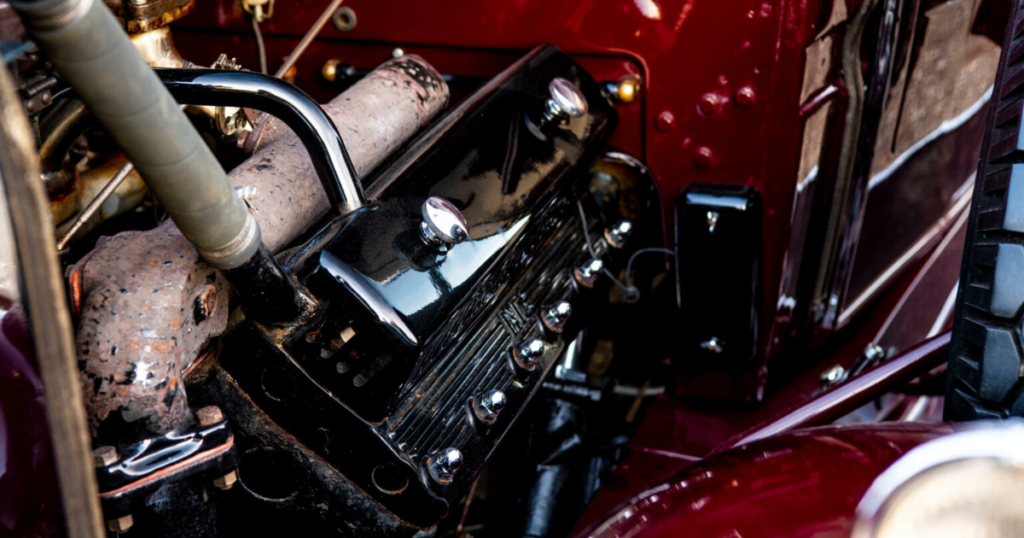
Additionally, in 1930, the engine displacement was increased to 353 cubic inches (5.8 liters). This increase in engine size provided more power and torque, further solidifying Cadillac’s reputation for producing powerful and reliable engines. The larger displacement allowed the V8 engine to deliver better performance, particularly in terms of acceleration and overall driving dynamics.
These continuous improvements in both the engine and chassis underscored Cadillac’s commitment to maintaining its position at the forefront of automotive innovation. The combination of advanced engineering and luxurious design elements helped Cadillac to attract discerning buyers who demanded the highest standards of quality and performance.
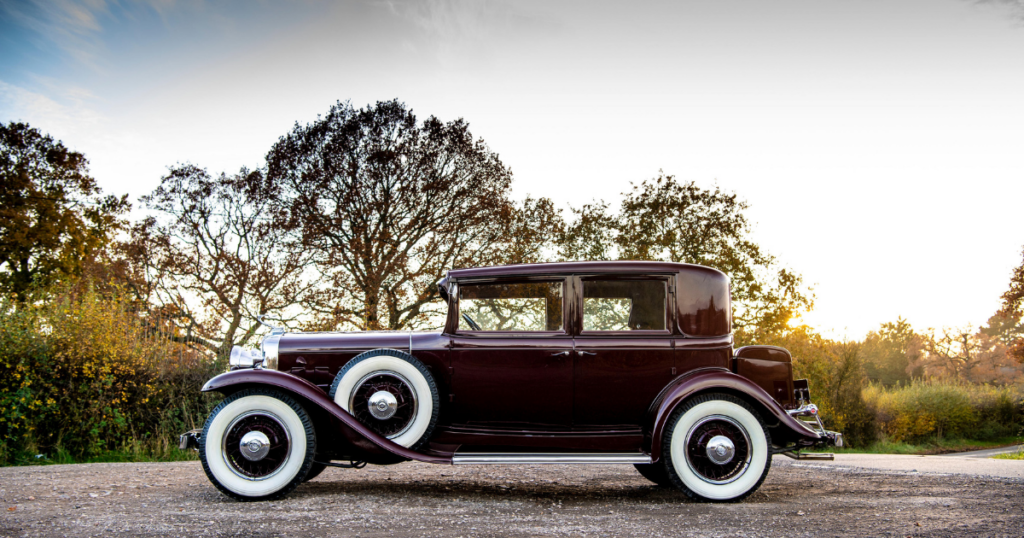
Throughout the early 1930s, Cadillac’s advancements in V8 engine technology and chassis design played a crucial role in solidifying its status as a leader in the luxury automobile market. The introduction of features such as four-wheel brakes, hydraulic shock absorbers, synchromesh gears, and increased engine displacement demonstrated Cadillac’s relentless pursuit of excellence and innovation. These enhancements not only improved the performance and safety of Cadillac vehicles but also ensured that they remained desirable and competitive in a rapidly evolving automotive landscape.

In summary, the early 1930s were a period of significant technological advancement for Cadillac, with continual improvements to the V8 engine and chassis design. These innovations contributed to the brand’s enduring legacy of excellence and set the stage for future developments in luxury automobile manufacturing. Cadillac’s commitment to engineering precision and luxury helped to establish its vehicles as benchmarks of quality and performance in the automotive industry.

